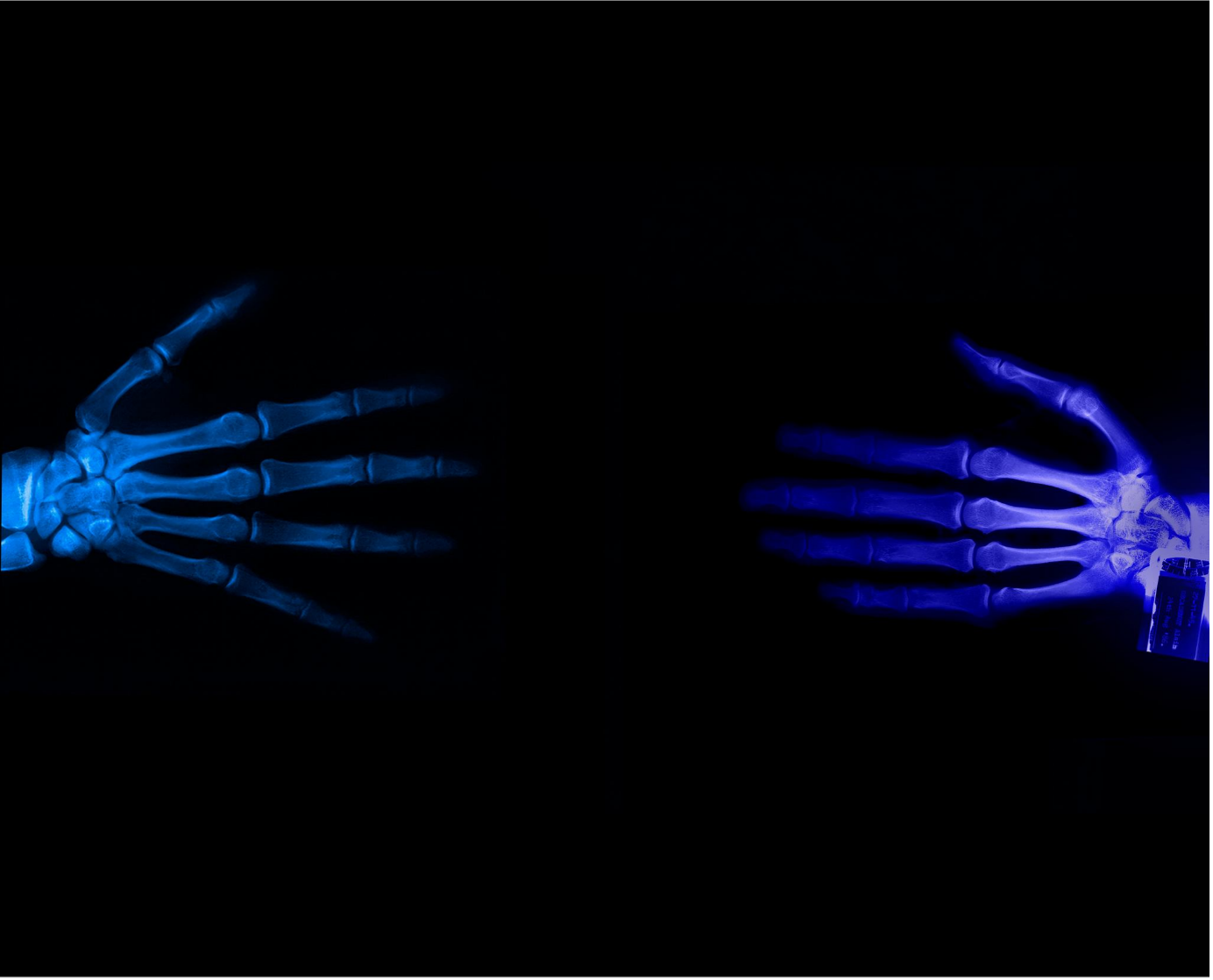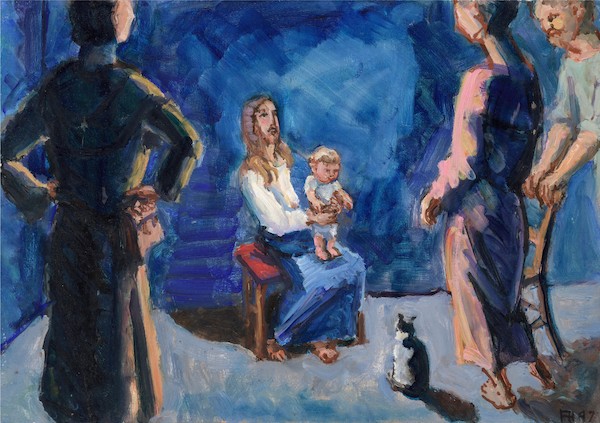Discerning the thread that weaves art and religion together has been, for me, a constant personal pursuit as a Filipino Jesuit and as a contemporary artist. When I was a student at Loyola School of Theology, I decided to take the path of beauty as a theological approach to understand God, the Church, my faith, and the society in which I live. After four years of theological studies, this pursuit found a new phase when I was ordained a priest last April 4, 2010.
As one of the assistant parish priests of Sacred Heart Parish in Cebu City, I minister mainly to the local Chinese-Filipino and Filipino communities. Through this assignment, my engagement between art and religion has gained a new dimension. From a more scholarly theological interaction with minimal artistic production, I haved delved into pastoral intervention with a more active participation in art management. In this new direction, there are two major intersections I have encountered between art and pastoral ministry.
The first intersection is pastoral care for the artists. In his address to the participants of the Jesuit Institute of the Arts Conference in 16 June 1972, Fr. Pedro Arrupe, SJ (twenty-eighth Jesuit Superior General) said that the Jesuit artist aims “to be an apostle to his fellow artists, who in their quest for beauty could not but have been drawn to the source and fountainhead of all beauty.” With the support of our parish priest, I have taken on this special ministry to my fellow artists. Being a pastor entails administering the sacraments to my art colleagues, engaging their questions on faith, linking them with art patrons and the parish community, supporting them with their projects, participating in their art exhibits, and more importantly, journeying with them in their quest for beauty and order.
In August of 2010, I helped organize a fundraising exhibit entitled “HK by Night” at 856 G Gallery, Cebu City for local contemporary painter Vidal “Undo” Alcoseba, Jr., who was diagnosed with hyperthyroidism. In his 8th Solo Exhibition, Undo, through his acrylic and mixed media paintings, explored the life and loss of Junquera St., a known red-light district of the city. The show was received very positively. Many of his fellow artists showed their support and several art patrons bought his paintings. But what was more consoling for me was attending to his spiritual needs by hearing his confession and by praying for his physical and spiritual wellness.
The second intersection between art and pastoral ministry is the artistic collaboration that can happen between the artists and the parish community. In our inaugural art project, “In Loving Memory” (November 2009), both artists and parishioners interacted by tangibly revisiting the memories of their beloved dead. We decorated empty recycled bottles with pictures of our departed love ones and their memorabilia, letters, prayers, and drawings. These bottles became visible receptacles of our invisible felt memories. The bottled memories were exhibited in the parish garage, which was turned into an alternative contemporary art studio for the whole month of November. A Mass in honor of the dead was celebrated in the makeshift art studio, and two nights of testimonials were held. Cebuano senior artists like Celso Duazo Pepito and Jose Marie Picornell participated in the bottled memory project. Each of them painted their bottles in loving memory of their beloved parents.
Another collaborative art project was held on Palm Sunday 2009. On the eve of the feast, we invited a local weaver to teach us how to fashion coconut fronds into heart-shaped receptacles called “puso,” which are commonly used as environmentally-friendly packaging for cooked rice. On Palm Sunday, parishioners were asked to write on strips of paper their longings and prayers to God. They inserted these prayers into the heart-shaped containers, hung each of them on a wooden grid which formed a cross and which was installed at the entrance of a parish chapel (see the picture above). These woven fronds became a metaphor of both human and divine hearts. This artistic collaboration allowed both artists and parishioners to exchange and to enrich their faith convictions. In this way, art was able to bridge the community of artists and parishioners.
After a year or so, my art, as a pastor, has been given depth, vision, and a community dimension. And my pastoral ministry has been enhanced by my creative interventions as an artist.
**********
This article first appeared in Image, the magazine of the Asian Christian Art Association, in 2010.
%20(1).png)












